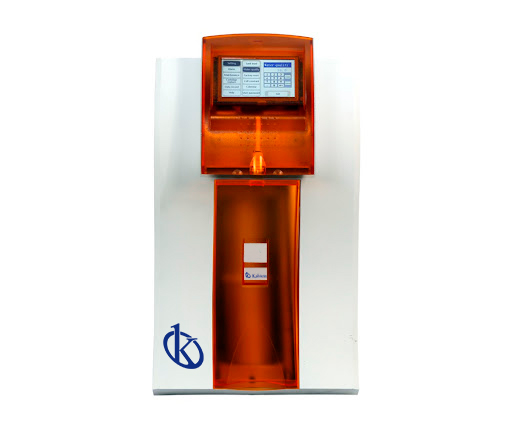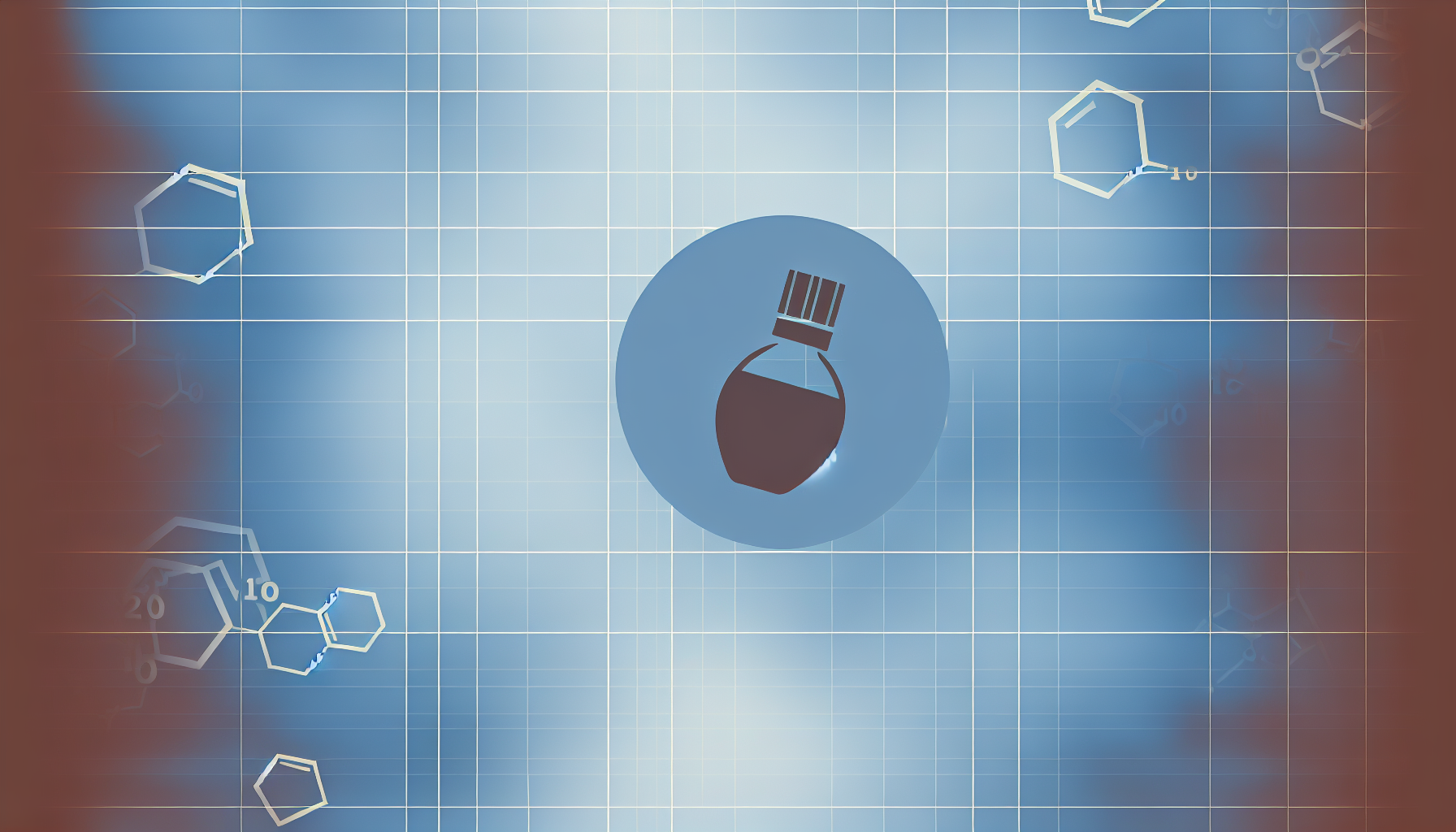Reverse osmosis is a filtration process in which the flow of pretreated water passes tangentially with respect to the membrane surface, while the permeate is extracted perpendicularly the water is separated from its almost total content of dissolved minerals that are continuously swept from the surface and go to waste or recirculated with the help of a high pressure pump. This system is also called “crossflow filtration”, which is much more efficient than conventional filtering.
This process allows removal of dissolved salts, viruses, and bacteria. At present, there are different levels of purity that vary depending on the properties and composition of this substance; these are regulated by different standards that establish references according to their applications, among these are the American Society for Testing and Materials (ASTM), British Standards Institution (BSI) and the International Organization for Standardization (ISO).
Systems for the pre-treatment of raw water
In this type of systems it is necessary the pretreatment of raw water to:
- Sediment control: if the mining composition of the source water is high, a sander should be used to separate coarse suspended sand and particles from raw water. A water softener can also be used to decrease minerals such as calcium and magnesium.
- Decorating: Generally a 3.7 gpm sized activated carbon filter is used, which is designed to meet the demand of the feed flow of the reverse osmosis system, whose feed flow rate must be greater than the permeate rate. Activated charcoal also helps decrease the flow’s organic load.
- Scaling control: while the water hardness is lowered, this treatment is commonly performed by traditional water softeners, whose configuration is an alternate double system.
- Biological monitoring: Usually done with an ultraviolet (UV) sterilizer, which produces UV germicidal radiation.
Applications of the reverse osmosis process in water treatment
Reverse osmosis for water treatment is more common than it appears as it is an economical solution that requires little energy, making it an ecological solution. Its applications are diverse and range from industry, laboratory to shops and health centers, among which we can highlight:
- For obtaining drinking water: it is commonly used for desalination of seawater, this process usually outperforms and outperforms processes such as distillation, electrodialysis or ion exchange. It is commonly used on islands, ships, and has been widely implemented in the Middle East for water desalination. To be considered its use it is important to consider the amount of salt in the water, since osmotic pressure increases as salinity increases. It is also used for surface water treatment. In hospitals, hotels, restaurants, they use this kind of system for purifying drinking water.
- In the industry: it is applied in process lines since it makes it possible to recover most of the water at high purity for reuse. Moreover, it has the virtue that the treatment of waste is less expensive. The most frequent use is in the metallurgical industry, since surfaces require special cleaning of high quality to be welded and lacquered, in the pretreatment for boiler water, for the purification of wastewater, in the dairy industry and in the manufacture of pharmaceutical products. In the agriculture industry for irrigation of crops with lagoon waters. In the Optical Industry it is required for the production of anti-reflective or satin crystals.
In KALSTEIN we have different purification systems that fit the user’s requirements. Our water treatment equipment has outstanding features such as simplicity and simplicity in installation, handling, and maintenance. In addition, it has an integrated control system that allows monitoring the conductivity of water, has a temperature compensation system and a leak sensor. Find out more about the different types of systems Kalstein has to offer you. Visit our catalog HERE If you require information for PURCHASE or SALE, please contact us.




